Up to $34,000 Hyundai electric car discounts challenging BYD Seal, Tesla Model Y, MG4, and more
1 week ago
Lukas Foyle
Contributor
New and existing Hyundai electric models have received huge price reductions to clear stock
Hyundai has slashed electric car prices by up to $34,000 for existing 2023 stock, and up to $9700 for new electric models, effective immediately.
The greatest price reductions apply to existing pre-facelift MY23 Ioniq 6 models. Starting with the Ioniq 6 Dynamic, reduced from $77,554.02 to $49,990 drive-away – a saving of $27,564.02.
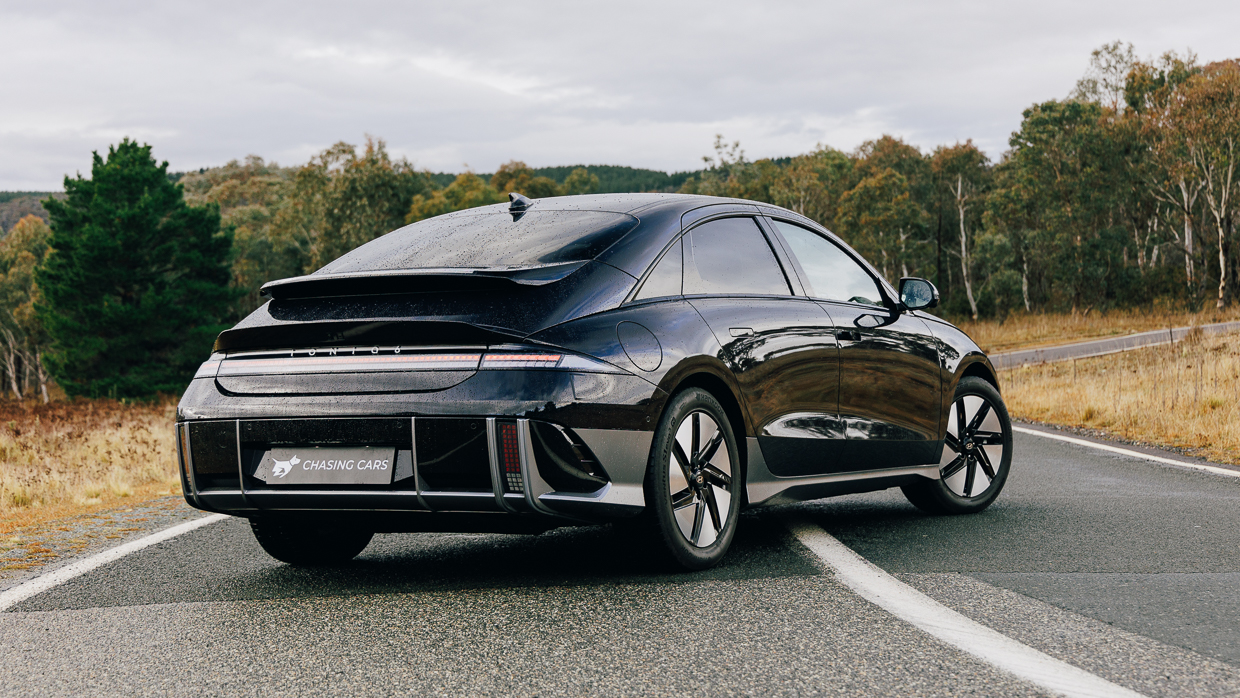
The MY23 Ioniq 6 Techniq has been slashed from $88,579.02 to $54,990 drive-away (save $33,589.02), while the range-topping Epiq sees a reduction of $34,142.02 – now just $59,990 drive-away (was $94,132.02).
Now two years old, MY23 Ioniq 6 models contend with China-made mid-size rivals including the ever-popular Tesla Model 3 ($54,900), BYD Seal ($46,990) and Polestar 2 ($62,400).
Hyundai has additionally confirmed it will reduce the price of select small electric vehicles, with reductions of around $9,780 applying to new stock effective now until otherwise stated.

Savings begin with the Hyundai Inster. The Standard Range has been reduced by over $3300, Extended Range by beyond $3900, and range-topping Cross cut by a little more than $3500. These models are now priced from $39,990, $42,990, and $45,990, respectively (all drive-away).
That model is now more competitive with Chinese compact electric models, predominantly the $38,990 MG4, and $29,990 BYD Dolphin – Australia’s cheapest electric vehicle.
Both prices above are before on-roads.
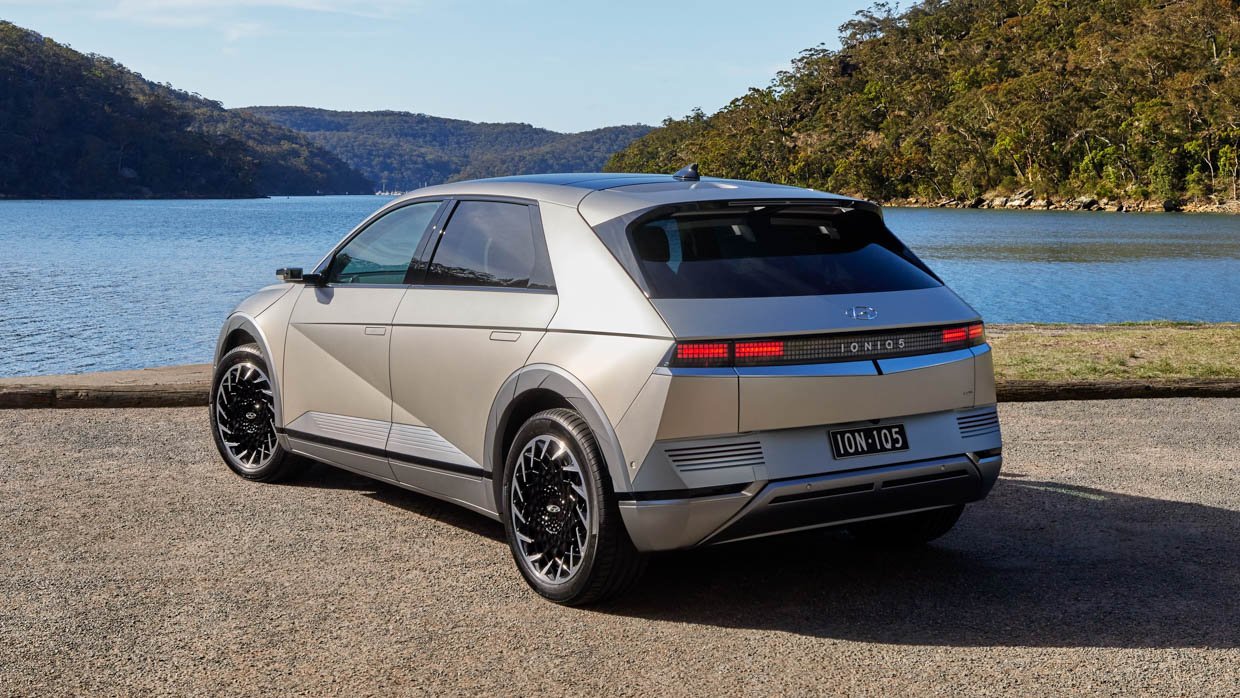
Hyundai’s second largest price reduction on new stock will apply to the Kona Electric, reduced to $49,990 drive-away in Standard Range guise (a saving of $9,189.02), while the largest price reduction applies to the Ioniq 5 Standard Range – reduced by $9,779.02, now $65,990 drive-away.
The Kona Electric rivals the BYD Atto 3 ($39,990) and $40,490 MG S5 (both prices before on-road costs) while the Larger Ioniq 5 is a competitor to Australia’s most popular electric cars, the Tesla Model Y ($58,900), BYD Sealion 7 ($54,990) and Kia EV5 ($56,770, prices listed before on-road costs).
The huge cuts to new and existing electric vehicle stock will aid Hyundai in securing much needed NVES credits, as the company prepares for even tighter emissions regulations to roll out in 2026.
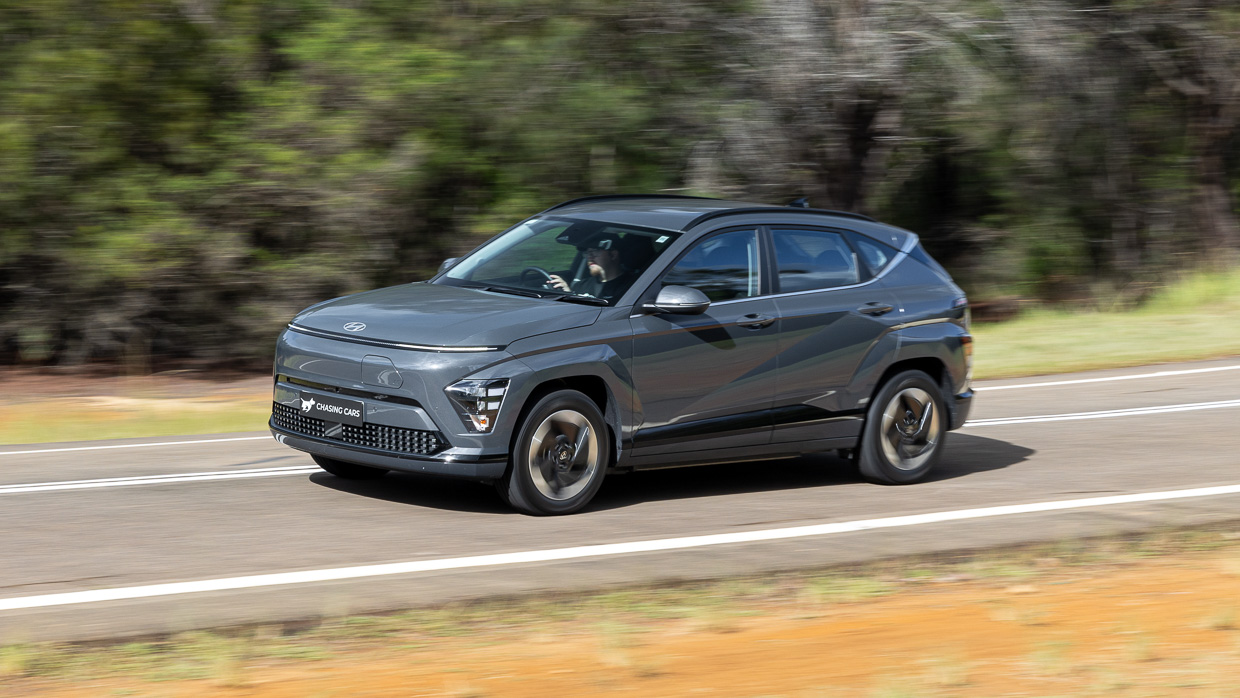
Currently, vehicle manufacturers are penalised for each gram of CO2/km produced over a set limit of 141g/km for Type 1 vehicles (passenger cars) or 210g/km for Type 2 vehicles (light commercial vehicles).
These limits will tighten further in 2026 – 117g/km for Type 1, and 180g/km for Type 2.
Kia PV5 electric van confirmed for Australia with mid-2026 release date
1 week ago

Growing fleet demand for electric passenger and cargo vans sees Kia lock in futuristic-looking PV5 for an Australian launch next year
The Kia PV5, an electric van range comprising passenger and cargo versions across 16 variants, will launch in Korea later this year with an Australian release confirmed with local arrival timing set for between April and September 2026.
Identifiable by its futuristic front-end styling that incorporates helix-shaped daytime running lights stretching into the A-pillar, the PV5 is the first Kia to sit on the Hyundai group’s new E-GMP.S platform—with ‘S’ standing for ‘Services’.
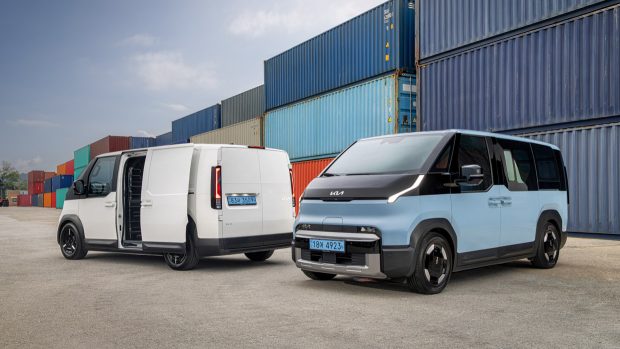
All PV5 versions share a common front end, but the roof, quarter glass and rear end are all modular, with the various combinations of those pieces allowing Kia to market 16 variations.
Developed in partnership with 120 van fleet operators including rideshare platform Uber, couriers DHL Korea and power tool specialist Milwaukee, the PV5 offers a passenger configuration plus a cargo version in regular or high roof formats.
Three battery sizes are available for cargo versions, with 43.3kWh lithium iron phosphate pack set for entry-level versions while denser 51.5kWh and 71.2kWh nickel manganese cobalt (NMC) batteries optionally available. Only the NMC pair are offered for the passenger PV5.
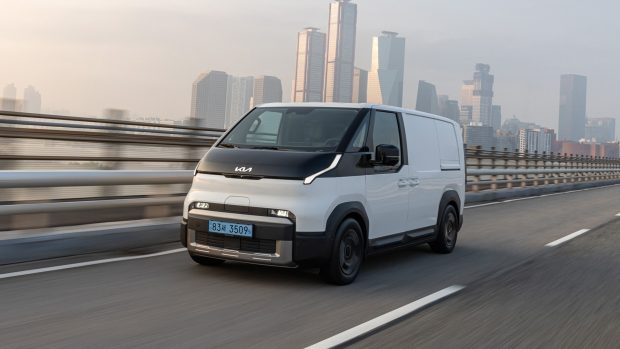
Driving range for the all-electric PV5 is said to be up to 414km in cargo form or 416km as a passenger vehicle with the 71.2kWh battery with consumption of around 17.1kWh/100km.
While DC charging speeds appears to be modest, at around 100kW peak speeds, the PV5’s driving range is considerably longer than the larger Ford E-Transit Custom (337km) or LDV eDeliver 7 (362km), though naturally diesel vans can go further.
As is common for vans, power and torque is relatively modest with 120kW/250Nm claimed to be on offer for all three battery sizes. Smart regenerative braking, accessed via a paddle shifter, uses location, traffic and driver habits to judge deceleration.

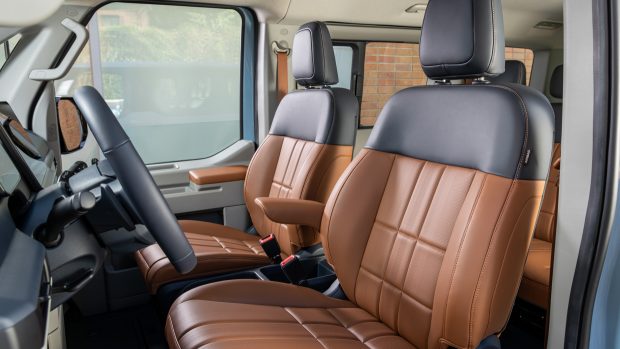
Placement of the battery deep in the chassis of the PV5 is said to lower the centre of gravity and improve driving dynamics compared to combustion vans, while the passenger version of the PV5 nabs dampers tuned for greater ride comfort.
Weight is not yet known, but the PV5 is a relatively compact, Euro-sized van measuring 4695mm in length (on a long 2995mm wheelbase), 1923mm high and 1895mm wide. Passenger versions will offer two or three rows of seating.
Cargo room measures up to 3615L in the passenger variants, or up to 5.2m3 in the high roof cargo model, while side step-in height for the people-carrier is said to be the lowest in class (at 399mm) while the cargo’s 419mm rear step height allows easy unloading.

Kia says that customers requiring a larger electric van will be catered to, confirming that more capacious PV7 and PV9 models will arrive in 2027 and 2029 respectively.
Also on offer from the factory is a dedicated Wheelchair Accessible Vehicle (WAV) version of the PV5 pre-configured with a “gently sloped” side entry ramp and universal securing system. Pre-configured conversions will also be possible from the factory for certain use cases.
Feedback from fleet operators led to the inclusion of a walk-through interior for the high roof version, a removable front passenger seat for additional cargo space, and mud/coffee-resistant seat fabric.

Modular mounting points throughout the cabin (and even on the roof) will allow businesses to purchase ‘stock’ PV5s and easily customise them with smartphone mounts, payment terminals, and other tools.
Energy from the PV5’s traction battery will also be able to be used to power appliances, with both exterior and interior vehicle-to-load power outlets fitted to the van providing a supply of up to 3.68kW—theoretically up to 19 hours of power at that rate.
While the cab is trimmed in hardy materials, as expected for a van, modern infotainment is fitted across two rectangular displays – a 7.5-inch unit for the driver, and a 12.9-inch central touchscreen atop air vents and physical shortcuts for common functions including the side doors.
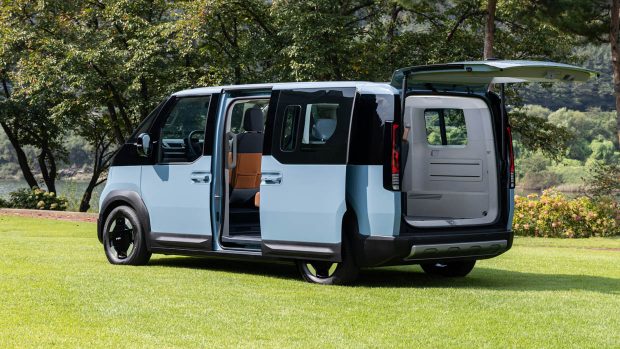
The screens run a specific operating system based on Google Android Automotive, designed specifically for Kia and Hyundai’s E.GMP-S commercial vehicle products, including access to third party apps via the Pleos app market and the ability to add conversion-related controls.
Extensive fleet management capabilities are baked into the software platform underpinning the PV5, with fleet operators able to access extensive telematics relating to location and running costs.
Production has already kicked off for the PV5 at the Hyundai/Kia plant in Hwaseong, South Korea, with next year’s Australian launch set to follow the Korean domestic market and a release in Europe.



